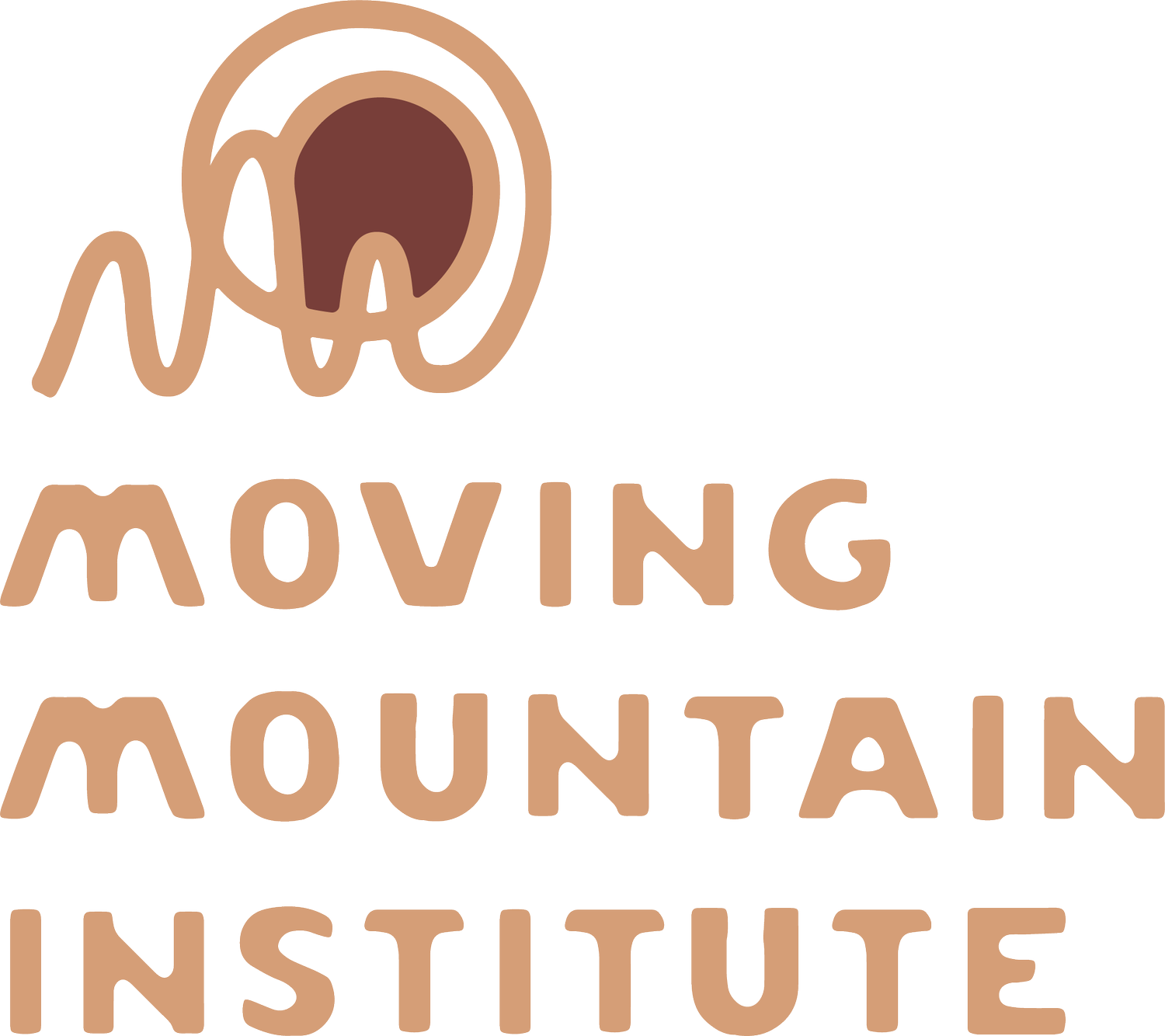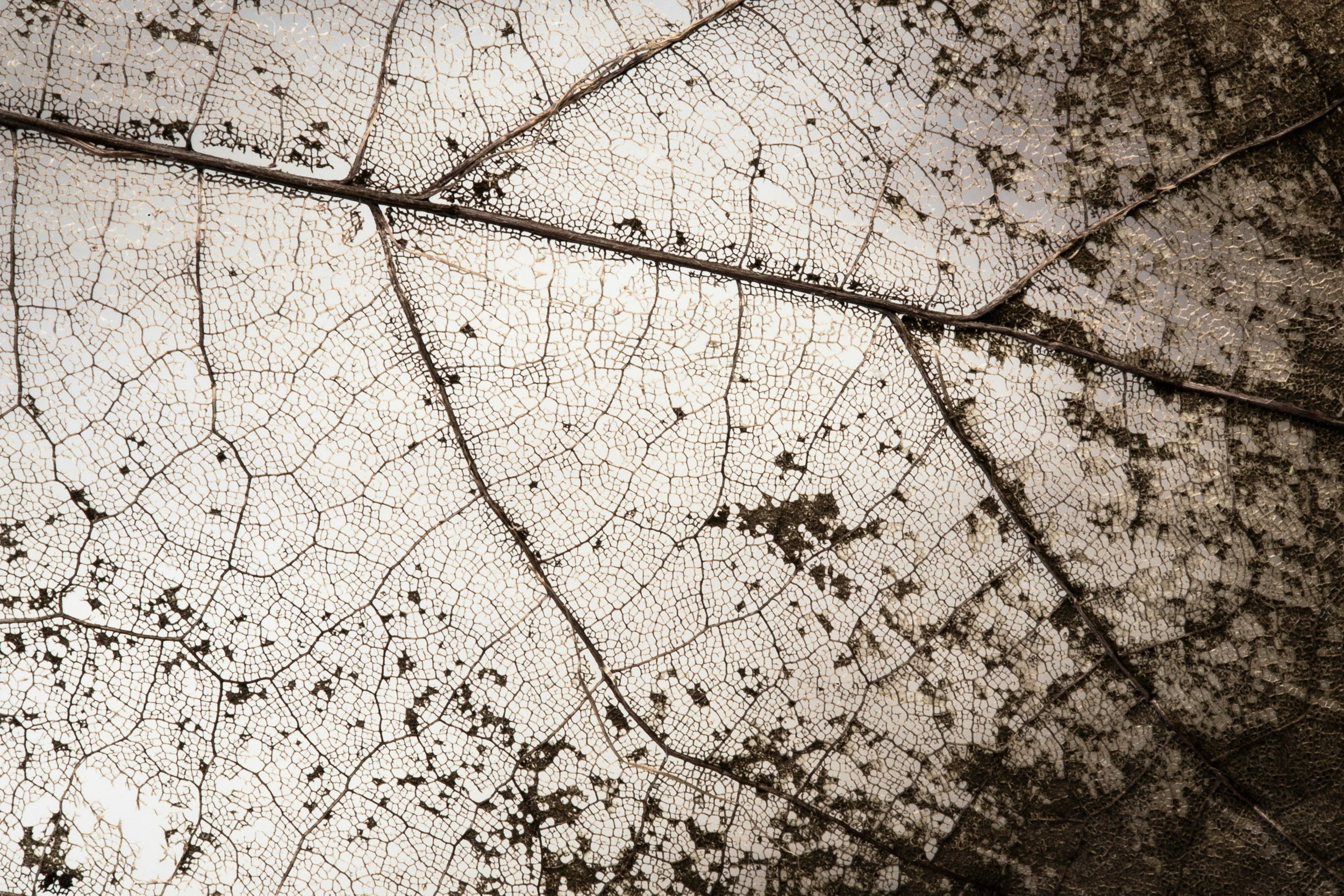Myofascial Mapping and Techniques
/Myofascial Mapping
Myofascia means the fascial system that contains, organizes and connects our muscles with each other across joints; including, tendons, ligaments and their bony attachments.
The anatomy we learned in school, with its emphasis on origins and insertions leaves us with an incomplete picture of the soft tissue milieu. Our approach emphasizes the relationships between muscles via the fascia.
Muscles, and their tendons and ligaments, are in relationship with each other across joints, forming myofascial pathways along which tension patterns can travel. This can explain how pain in one area has its root in another area. Understanding this helps us work with more skill and grace and saves our precious energy. There are also myofascial relationships in depth, muscles layered on top of each other can become adhesed and this can cause pain and/or dysfunction.
When we include the myofascial relationships to our anatomy study, a new world of interrelationship opens up for us and we can begin to understand tension patterns moving from seemingly disparate parts of the body.
As we get into our myofascial mapping we also encounter the wisdom embedded within the meridian system of East Asian medicine. One of the translations for the Chinese character for meridian or channel is a river. The longitudinal myofascial pathways are like rivers of tissue. We will include perspectives from the sinew (fascial) channels of East Asian medicine in our mapping.
Our courses include curated myofascial anatomy lectures that help you build your own myofascial map of the body. In class we will spend time watching Gil Hedley’s dissections of key myofascial pathways before labs. Our approach to anatomy often leaves our students feeling inspired by the body and their work and can rehabilitate those of us who found anatomy to be deadening when we were in school. It’s our body, it should be fun!
Myofascial Release Techniques
This begins and ends with listening to the tissues. To do this we need to move slowly in both depth (sinking into the tissues) and length (lengthening or shortening the tissues). Myofascial listening is a time based skill; it takes time to learn and our work is most effective when we give the tissues time to respond to our touch.
Myofascial work is more than just stretching tissues. It is a dance we do with the tissues and the nervous system. I have borrowed the indirect/direct manual therapy technique from osteopathic manual therapy and applied it to myofascial work. We listen for tissue response and either engage a lengthening of the tissues or a shortening of the tissues. It is the combination of the two + sinking to the appropriate depth that allows the body to release held tension on its own. Tissues are too strong to be forced, plus it’s just not skillful or ethical to force the body into anything.
The pace of this work is slow, the fascia responds to time + soft pressure; this invites the nervous system into a state of witnessing itself in relation to the body. From here, tissue change is more possible along with opportunities for the person receiving the work to gain insights into their experience. We find these insights are much more important than any that the practitioner might offer. When we slow down we center the agency of the person receiving the work and the wisdom of their body-mind.
The myofascial hand skills you will learn translate to all of your other hands-on work. Deep tissue work becomes slower and rooted in listening to the tissues. Acupuncturists will find their channel palpation and even their needling skills evolve with this work.
Related Posts
Thoracolumbar Fascia as Storyteller
Listening Hands and the Nervous System in the Clinic
Learn more about MMI’s Myofascial Release: Mapping and Techniques curriculum and take a course!



